26 用lsqnonlin求解最小二乘问题(matlab程序)
1.简述
函数语法
x = lsqnonlin(fun,x0)
函数用于:
解决非线性最小二乘(非线性数据拟合)问题
解决非线性最小二乘曲线拟合问题的形式
变量x的约束上下限为ub和lb,
x = lsqnonlin(fun,x0)从x0点开始,找到fun中描述的函数的最小平方和。函数fun应该返回一个向量(或数组),而不是值的平方和。(该算法隐式地计算了fun(x)元素的平方和。)
2.代码
主程序:
%% 用lsqnonlin求解最小二乘问题
clear all
x0 = [0.3 0.4]; % 初值点
[x,resnorm] = lsqnonlin(@f1211,x0) % 调用最优化函数求 x 和 平方和残差
子程序:
function [xCurrent,Resnorm,FVAL,EXITFLAG,OUTPUT,LAMBDA,JACOB] = lsqnonlin(FUN,xCurrent,LB,UB,options,varargin)
%LSQNONLIN solves non-linear least squares problems.
% LSQNONLIN attempts to solve problems of the form:
% min sum {FUN(X).^2} where X and the values returned by FUN can be
% X vectors or matrices.
%
% LSQNONLIN implements two different algorithms: trust region reflective
% and Levenberg-Marquardt. Choose one via the option Algorithm: for
% instance, to choose Levenberg-Marquardt, set
% OPTIONS = optimoptions('lsqnonlin', 'Algorithm','levenberg-marquardt'),
% and then pass OPTIONS to LSQNONLIN.
%
% X = LSQNONLIN(FUN,X0) starts at the matrix X0 and finds a minimum X to
% the sum of squares of the functions in FUN. FUN accepts input X
% and returns a vector (or matrix) of function values F evaluated
% at X. NOTE: FUN should return FUN(X) and not the sum-of-squares
% sum(FUN(X).^2)). (FUN(X) is summed and squared implicitly in the
% algorithm.)
%
% X = LSQNONLIN(FUN,X0,LB,UB) defines a set of lower and upper bounds on
% the design variables, X, so that the solution is in the range LB <= X
% <= UB. Use empty matrices for LB and UB if no bounds exist. Set LB(i)
% = -Inf if X(i) is unbounded below; set UB(i) = Inf if X(i) is
% unbounded above.
%
% X = LSQNONLIN(FUN,X0,LB,UB,OPTIONS) minimizes with the default
% optimization parameters replaced by values in OPTIONS, an argument
% created with the OPTIMOPTIONS function. See OPTIMOPTIONS for details.
% Use the SpecifyObjectiveGradient option to specify that FUN also
% returns a second output argument J that is the Jacobian matrix at the
% point X. If FUN returns a vector F of m components when X has length n,
% then J is an m-by-n matrix where J(i,j) is the partial derivative of
% F(i) with respect to x(j). (Note that the Jacobian J is the transpose
% of the gradient of F.)
%
% X = LSQNONLIN(PROBLEM) solves the non-linear least squares problem
% defined in PROBLEM. PROBLEM is a structure with the function FUN in
% PROBLEM.objective, the start point in PROBLEM.x0, the lower bounds in
% PROBLEM.lb, the upper bounds in PROBLEM.ub, the options structure in
% PROBLEM.options, and solver name 'lsqnonlin' in PROBLEM.solver. Use
% this syntax to solve at the command line a problem exported from
% OPTIMTOOL.
%
% [X,RESNORM] = LSQNONLIN(FUN,X0,...) returns
% the value of the squared 2-norm of the residual at X: sum(FUN(X).^2).
%
% [X,RESNORM,RESIDUAL] = LSQNONLIN(FUN,X0,...) returns the value of the
% residual at the solution X: RESIDUAL = FUN(X).
%
% [X,RESNORM,RESIDUAL,EXITFLAG] = LSQNONLIN(FUN,X0,...) returns an
% EXITFLAG that describes the exit condition. Possible values of EXITFLAG
% and the corresponding exit conditions are listed below. See the
% documentation for a complete description.
%
% 1 LSQNONLIN converged to a solution.
% 2 Change in X too small.
% 3 Change in RESNORM too small.
% 4 Computed search direction too small.
% 0 Too many function evaluations or iterations.
% -1 Stopped by output/plot function.
% -2 Bounds are inconsistent.
%
% [X,RESNORM,RESIDUAL,EXITFLAG,OUTPUT] = LSQNONLIN(FUN,X0,...) returns a
% structure OUTPUT with the number of iterations taken in
% OUTPUT.iterations, the number of function evaluations in
% OUTPUT.funcCount, the algorithm used in OUTPUT.algorithm, the number
% of CG iterations (if used) in OUTPUT.cgiterations, the first-order
% optimality (if used) in OUTPUT.firstorderopt, and the exit message in
% OUTPUT.message.
%
% [X,RESNORM,RESIDUAL,EXITFLAG,OUTPUT,LAMBDA] = LSQNONLIN(FUN,X0,...)
% returns the set of Lagrangian multipliers, LAMBDA, at the solution:
% LAMBDA.lower for LB and LAMBDA.upper for UB.
%
% [X,RESNORM,RESIDUAL,EXITFLAG,OUTPUT,LAMBDA,JACOBIAN] = LSQNONLIN(FUN,
% X0,...) returns the Jacobian of FUN at X.
%
% Examples
% FUN can be specified using @:
% x = lsqnonlin(@myfun,[2 3 4])
%
% where myfun is a MATLAB function such as:
%
% function F = myfun(x)
% F = sin(x);
%
% FUN can also be an anonymous function:
%
% x = lsqnonlin(@(x) sin(3*x),[1 4])
%
% If FUN is parameterized, you can use anonymous functions to capture the
% problem-dependent parameters. Suppose you want to solve the non-linear
% least squares problem given in the function myfun, which is
% parameterized by its second argument c. Here myfun is a MATLAB file
% function such as
%
% function F = myfun(x,c)
% F = [ 2*x(1) - exp(c*x(1))
% -x(1) - exp(c*x(2))
% x(1) - x(2) ];
%
% To solve the least squares problem for a specific value of c, first
% assign the value to c. Then create a one-argument anonymous function
% that captures that value of c and calls myfun with two arguments.
% Finally, pass this anonymous function to LSQNONLIN:
%
% c = -1; % define parameter first
% x = lsqnonlin(@(x) myfun(x,c),[1;1])
%
% See also OPTIMOPTIONS, LSQCURVEFIT, FSOLVE, @, INLINE.
% Copyright 1990-2018 The MathWorks, Inc.
% ------------Initialization----------------
defaultopt = struct(...
'Algorithm','trust-region-reflective',...
'DerivativeCheck','off',...
'Diagnostics','off',...
'DiffMaxChange',Inf,...
'DiffMinChange',0,...
'Display','final',...
'FinDiffRelStep', [], ...
'FinDiffType','forward',...
'FunValCheck','off',...
'InitDamping', 0.01, ...
'Jacobian','off',...
'JacobMult',[],...
'JacobPattern','sparse(ones(Jrows,Jcols))',...
'MaxFunEvals',[],...
'MaxIter',400,...
'MaxPCGIter','max(1,floor(numberOfVariables/2))',...
'OutputFcn',[],...
'PlotFcns',[],...
'PrecondBandWidth',Inf,...
'ScaleProblem','none',...
'TolFun', 1e-6,...
'TolFunValue', 1e-6, ...
'TolPCG',0.1,...
'TolX',1e-6,...
'TypicalX','ones(numberOfVariables,1)',...
'UseParallel',false );
% If just 'defaults' passed in, return the default options in X
if nargin==1 && nargout <= 1 && strcmpi(FUN,'defaults')
xCurrent = defaultopt;
return
end
if nargin < 5
options = [];
if nargin < 4
UB = [];
if nargin < 3
LB = [];
end
end
end
problemInput = false;
if nargin == 1
if isa(FUN,'struct')
problemInput = true;
[FUN,xCurrent,LB,UB,options] = separateOptimStruct(FUN);
else % Single input and non-structure.
error(message('optim:lsqnonlin:InputArg'));
end
end
% No options passed. Set options directly to defaultopt after
allDefaultOpts = isempty(options);
% Prepare the options for the solver
options = prepareOptionsForSolver(options, 'lsqnonlin');
% Set options to default if no options were passed.
if allDefaultOpts
% Options are all default
options = defaultopt;
end
if nargin < 2 && ~problemInput
error(message('optim:lsqnonlin:NotEnoughInputs'))
end
% Check for non-double inputs
msg = isoptimargdbl('LSQNONLIN', {'X0','LB','UB'}, ...
xCurrent,LB, UB);
if ~isempty(msg)
error('optim:lsqnonlin:NonDoubleInput',msg);
end
caller = 'lsqnonlin';
[funfcn,mtxmpy,flags,sizes,~,xstart,lb,ub,EXITFLAG,Resnorm,FVAL,LAMBDA, ...
JACOB,OUTPUT,earlyTermination] = lsqnsetup(FUN,xCurrent,LB,UB,options,defaultopt, ...
allDefaultOpts,caller,nargout,length(varargin));
if earlyTermination
return % premature return because of problem detected in lsqnsetup()
end
xCurrent(:) = xstart; % reshape back to user shape before evaluation
% Catch any error in user objective during initial evaluation only
switch funfcn{1}
case 'fun'
try
initVals.F = feval(funfcn{3},xCurrent,varargin{:});
catch userFcn_ME
optim_ME = MException('optim:lsqnonlin:InvalidFUN', ...
getString(message('optim:lsqnonlin:InvalidFUN')));
userFcn_ME = addCause(userFcn_ME,optim_ME);
rethrow(userFcn_ME)
end
initVals.J = [];
case 'fungrad'
try
[initVals.F,initVals.J] = feval(funfcn{3},xCurrent,varargin{:});
catch userFcn_ME
optim_ME = MException('optim:lsqnonlin:InvalidFUN', ...
getString(message('optim:lsqnonlin:InvalidFUN')));
userFcn_ME = addCause(userFcn_ME,optim_ME);
rethrow(userFcn_ME)
end
case 'fun_then_grad'
try
initVals.F = feval(funfcn{3},xCurrent,varargin{:});
catch userFcn_ME
optim_ME = MException('optim:lsqnonlin:InvalidFUN', ...
getString(message('optim:lsqnonlin:InvalidFUN')));
userFcn_ME = addCause(userFcn_ME,optim_ME);
rethrow(userFcn_ME)
end
try
initVals.J = feval(funfcn{4},xCurrent,varargin{:});
catch userFcn_ME
optim_ME = MException('optim:lsqnonlin:InvalidFUN', ...
getString(message('optim:lsqnonlin:InvalidJacobFun')));
userFcn_ME = addCause(userFcn_ME,optim_ME);
rethrow(userFcn_ME)
end
otherwise
error(message('optim:lsqnonlin:UndefCallType'))
end
% Check for non-double data typed values returned by user functions
if ~isempty( isoptimargdbl('LSQNONLIN', {'F','J'}, initVals.F, initVals.J) )
error('optim:lsqnonlin:NonDoubleFunVal',getString(message('optimlib:commonMsgs:NonDoubleFunVal','LSQNONLIN')));
end
% Flag to determine whether to look up the exit msg.
flags.makeExitMsg = logical(flags.verbosity) || nargout > 4;
[xCurrent,Resnorm,FVAL,EXITFLAG,OUTPUT,LAMBDA,JACOB] = ...
lsqncommon(funfcn,xCurrent,lb,ub,options,defaultopt,allDefaultOpts,caller,...
initVals,sizes,flags,mtxmpy,varargin{:});
3.运行结果
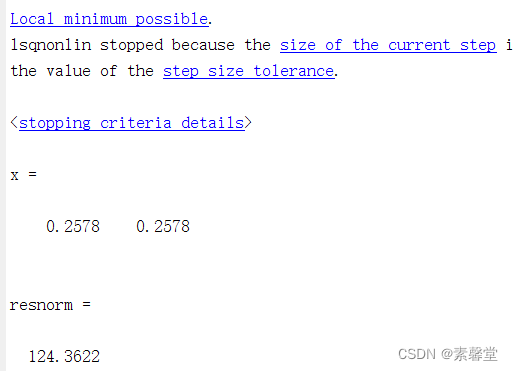
相关文章:

26 用lsqnonlin求解最小二乘问题(matlab程序)
1.简述 函数语法 x lsqnonlin(fun,x0) 函数用于: 解决非线性最小二乘(非线性数据拟合)问题 解决非线性最小二乘曲线拟合问题的形式 变量x的约束上下限为ub和lb, x lsqnonlin(fun,x0)从x0点开始,找到fun中描述的函数的最小平方和。函数fu…...

Verilog语法学习——LV6_多功能数据处理器
LV6_多功能数据处理器 题目来源于牛客网 [牛客网在线编程_Verilog篇_Verilog快速入门 (nowcoder.com)](https://www.nowcoder.com/exam/oj?page1&tabVerilog篇&topicId301) 题目 描述 根据指示信号select的不同,对输入信号a,b实现不同的运算。输入信号a…...

发送信息----策略模式
发送信息----策略模式 发送信息 发送信息 发送信息到手机、邮箱等,可扩展 package mainimport ("errors""fmt" )type PushContext struct {Phone, Email, Message stringTage int }type PaymentStrategy interface {Push(*P…...
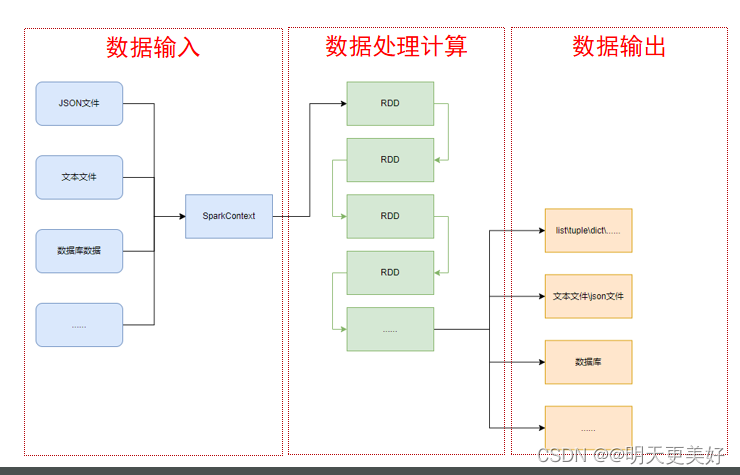
PySpark介绍与安装
Spark是什么 定义:Apache Spark是用于大规模数据(large-scala data)处理的统一(unified)分析引擎。 简单来说,Spark是一款分布式的计算框架,用于调度成百上千的服务器集群,计算TB、…...
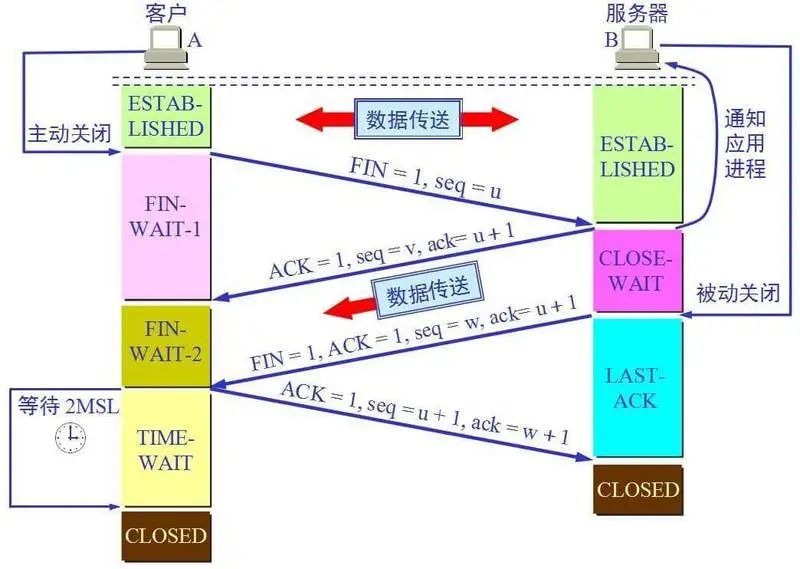
细讲TCP三次握手四次挥手(三)
TCP/IP 协议族 在互联网使用的各种协议中最重要和最著名的就是 TCP/IP 两个协议。现在人们经常提到的 TCP/IP 并不一定是单指 TCP 和 IP 这两个具体的协议,而往往是表示互联网所使用的整个 TCP/IP 协议族。 互联网协议套件(英语:Internet Pr…...

vue 组件中 data 为什么必须是函数
在Vue组件中,data选项为什么必须是函数而不是对象的原因是为了确保每个组件实例都拥有独立的数据副本。 当data选项是一个对象时,如果你有多个相同组件的实例,它们会共享同一个对象引用,这意味着一个组件的数据变化会影响到其他相…...

从零开始学python(十二)如何成为一名优秀的爬虫工程师
前言 回顾之前讲述了python语法编程 必修入门基础和网络编程,多线程/多进程/协程等方面的内容,后续讲到了数据库编程篇MySQL,Redis,MongoDB篇,和机器学习,全栈开发,数据分析前面没看的也不用往…...
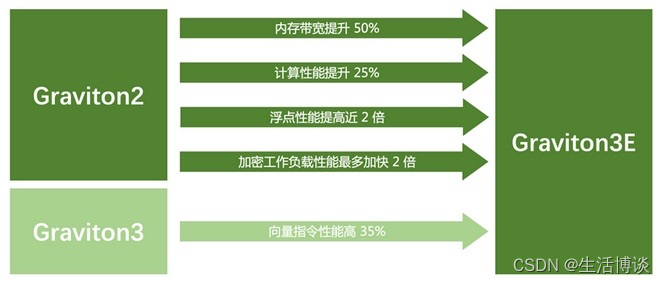
为高性能计算构建,由亚马逊云科技Amazon Graviton3E驱动的最新实例正式可用
亚马逊云科技宣布两款基于最新一代自研芯片Amazon Graviton3E的新实例Amazon Elastic Compute Cloud(Amazon EC2)Hpc7g和Amazon EC2 C7gn正式可用。 其中,Hpc7g实例专为计算和网络密集型高性能计算(HPC)工作负载而构建…...
)
BUUCTF题目Crypto部分wp(持续更新)
Url编码 题目密文是%66%6c%61%67%7b%61%6e%64%20%31%3d%31%7d,根据题目名字使用python的urllib模块解码即可。flag{and 11} from urllib.parse import quote, unquotec r%66%6c%61%67%7b%61%6e%64%20%31%3d%31%7d m unquote(c, encodingutf-8) print(m)c2 quot…...
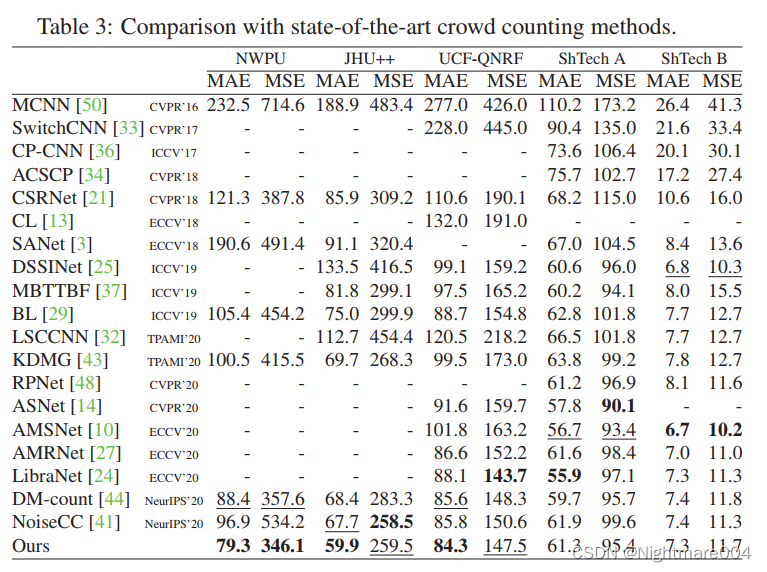
A Generalized Loss Function for Crowd Counting and Localization阅读笔记
简单来说,就是用了UOT来解决人群计数问题 代码:https://github.com/jia-wan/GeneralizedLoss-Counting-Pytorch.git 我改了一点的:https://github.com/Nightmare4214/GeneralizedLoss-Counting-Pytorch.git loss 设density map为 A { ( a…...

SocketD协议单链接双向RPC模式怎么实现
SocketD是一个基于Socket的通信框架,支持单链接双向RPC模式。在实现单链接双向RPC模式时,需要按照一定的协议进行通信,以下是一个简单的实现示例: 定义通信协议:首先,需要定义客户端和服务端之间的通信协议…...

apache poi 设置背景颜色
apache poi 设置背景颜色 要设置 Apache POI 中 HSSFCellStyle 的背景颜色,你可以按照以下步骤进行操作: 首先,创建一个 HSSFWorkbook 对象来表示你的 Excel 工作簿: HSSFWorkbook workbook new HSSFWorkbook();然后ÿ…...

Vue2-Vue3组件间通信-EventBus方式-函数封装
Vue3中采用EventBus方式进行组件间通信与Vue2有一定区别 1.创建EventBus 在Vue2中,我们可以在main.js中创建一个全局的EventBus,代码如下: // EventBus.js import Vue from vue const EventBus new Vue() export default EventBus// main.…...

【SpringBoot】| SpringBoot 和 web组件
目录 一:SpringBoot 和 web组件 1. SpringBoot中使用拦截器(重点) 2. SpringBoot中使用Servlet 3. SpringBoot中使用过滤器(重点) 4. 字符集过滤器的应用 一:SpringBoot 和 web组件 1. SpringBoot中使…...
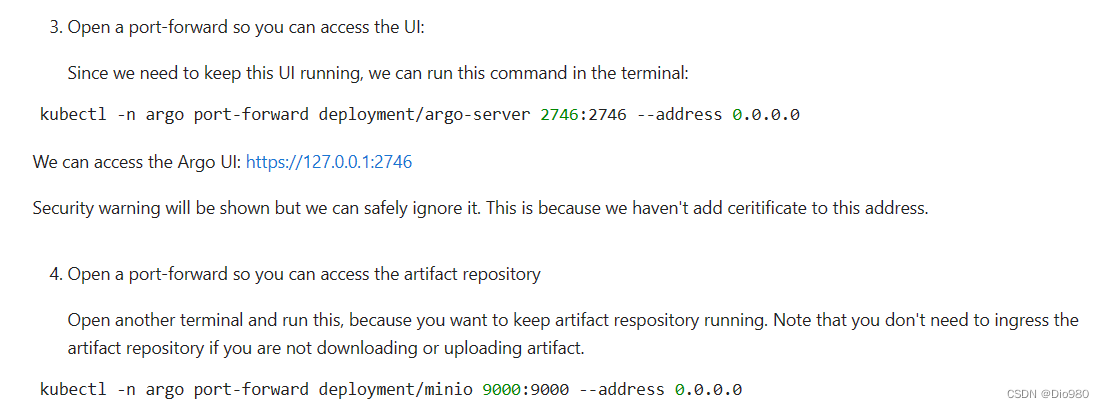
dflow工作流使用1——架构和基本概念
对于容器技术、工作流等概念完全不懂的情况下理解dflow的工作方式会很吃力,这里记录一下个人理解。 dflow涉及的基本概念 工作流的概念很好理解,即某个项目可以分为多个步骤,每个步骤可以实现独立运行,只保留输入输出接口&#x…...

python小游戏课程设计报告,python游戏课程设计报告
大家好,给大家分享一下python2048游戏课程设计报告,很多人还不知道这一点。下面详细解释一下。现在让我们来看看!...

使用Windbg分析从系统应用程序日志中找到的系统自动生成的dump文件去排查问题
目录 1、尝试将Windbg附加到目标进程上进行动态调试,但Windbg并没有捕获到 2、在系统应用程序日志中找到了系统在程序发生异常时自动生成的dump文件 2.1、查看应用程序日志的入口 2.2、在应用程序日志中找到系统自动生成的dump文件 3、使用Windbg静态分析dump文…...

后端技术趋势指南|如何选择自己的技术方向
编程多条路,条条通罗马 后台大佬 后台路线都是面对后台服务器业务,比如web后台服务器,视频后台服务器,搜索后台服务器,游戏后台服务器,直播后台服务器,社交IM后台服务器等等,大部分…...

Delphi XE的原生JSONObject如何判断键值是否存在?
【问题现象】 Delphi XE的原生JSONObject,取出键值的时候如下: //json是传入的参数,里面包括"food_name"等之类的键值,没有food_type键值 procedure XXXXFunciton(json:TJSONObject) var strFoodName,strFoodType:S…...

Go Runtime功能初探
以下内容,是对 运行时 runtime的神奇用法[1] 的学习与记录 目录: 1.获取GOROOT环境变量 2.获取GO的版本号 3.获取本机CPU个数 4.设置最大可同时执行的最大CPU数 5.设置cup profile 记录的速录 6.查看cup profile 下一次堆栈跟踪数据 7.立即执行一次垃圾回收 8.给变量…...

简易版抽奖活动的设计技术方案
1.前言 本技术方案旨在设计一套完整且可靠的抽奖活动逻辑,确保抽奖活动能够公平、公正、公开地进行,同时满足高并发访问、数据安全存储与高效处理等需求,为用户提供流畅的抽奖体验,助力业务顺利开展。本方案将涵盖抽奖活动的整体架构设计、核心流程逻辑、关键功能实现以及…...

mongodb源码分析session执行handleRequest命令find过程
mongo/transport/service_state_machine.cpp已经分析startSession创建ASIOSession过程,并且验证connection是否超过限制ASIOSession和connection是循环接受客户端命令,把数据流转换成Message,状态转变流程是:State::Created 》 St…...
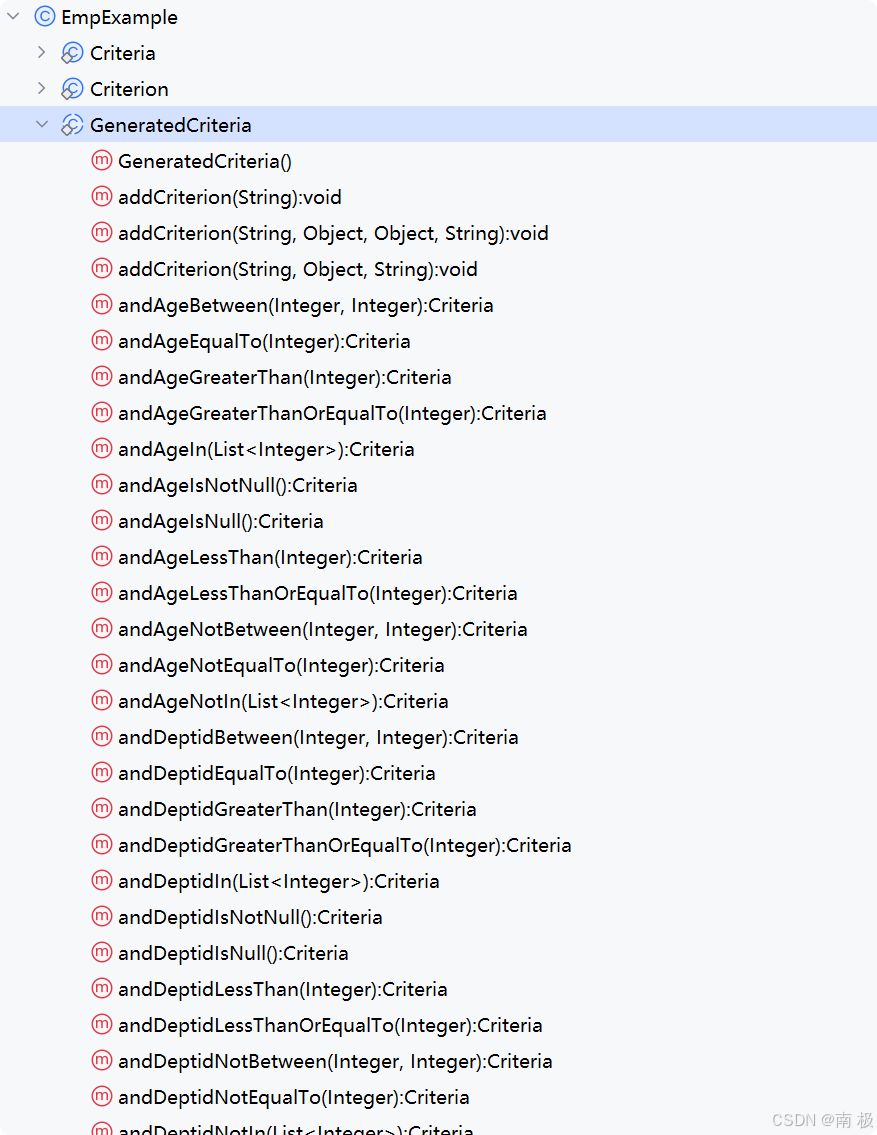
Mybatis逆向工程,动态创建实体类、条件扩展类、Mapper接口、Mapper.xml映射文件
今天呢,博主的学习进度也是步入了Java Mybatis 框架,目前正在逐步杨帆旗航。 那么接下来就给大家出一期有关 Mybatis 逆向工程的教学,希望能对大家有所帮助,也特别欢迎大家指点不足之处,小生很乐意接受正确的建议&…...

Cilium动手实验室: 精通之旅---20.Isovalent Enterprise for Cilium: Zero Trust Visibility
Cilium动手实验室: 精通之旅---20.Isovalent Enterprise for Cilium: Zero Trust Visibility 1. 实验室环境1.1 实验室环境1.2 小测试 2. The Endor System2.1 部署应用2.2 检查现有策略 3. Cilium 策略实体3.1 创建 allow-all 网络策略3.2 在 Hubble CLI 中验证网络策略源3.3 …...
-----深度优先搜索(DFS)实现)
c++ 面试题(1)-----深度优先搜索(DFS)实现
操作系统:ubuntu22.04 IDE:Visual Studio Code 编程语言:C11 题目描述 地上有一个 m 行 n 列的方格,从坐标 [0,0] 起始。一个机器人可以从某一格移动到上下左右四个格子,但不能进入行坐标和列坐标的数位之和大于 k 的格子。 例…...

AspectJ 在 Android 中的完整使用指南
一、环境配置(Gradle 7.0 适配) 1. 项目级 build.gradle // 注意:沪江插件已停更,推荐官方兼容方案 buildscript {dependencies {classpath org.aspectj:aspectjtools:1.9.9.1 // AspectJ 工具} } 2. 模块级 build.gradle plu…...

python爬虫——气象数据爬取
一、导入库与全局配置 python 运行 import json import datetime import time import requests from sqlalchemy import create_engine import csv import pandas as pd作用: 引入数据解析、网络请求、时间处理、数据库操作等所需库。requests:发送 …...

云原生周刊:k0s 成为 CNCF 沙箱项目
开源项目推荐 HAMi HAMi(原名 k8s‑vGPU‑scheduler)是一款 CNCF Sandbox 级别的开源 K8s 中间件,通过虚拟化 GPU/NPU 等异构设备并支持内存、计算核心时间片隔离及共享调度,为容器提供统一接口,实现细粒度资源配额…...
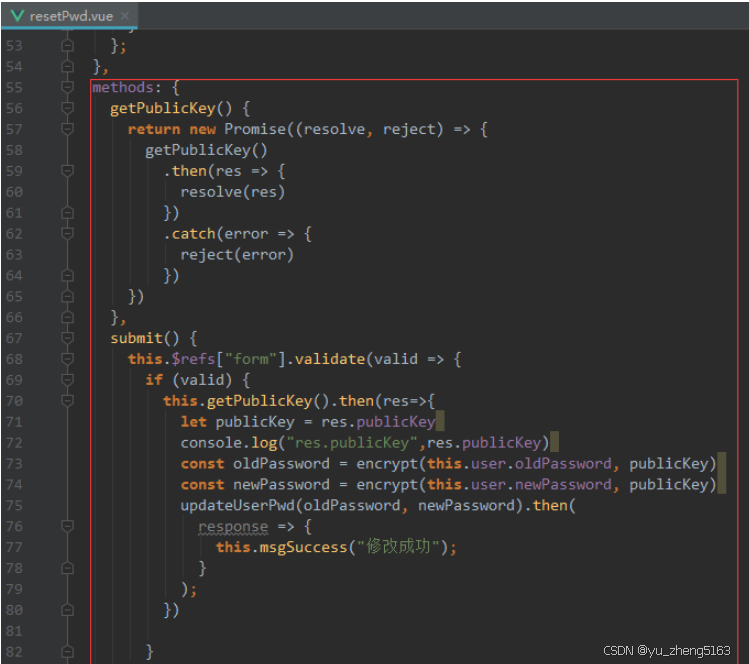
若依登录用户名和密码加密
/*** 获取公钥:前端用来密码加密* return*/GetMapping("/getPublicKey")public RSAUtil.RSAKeyPair getPublicKey() {return RSAUtil.rsaKeyPair();}新建RSAUti.Java package com.ruoyi.common.utils;import org.apache.commons.codec.binary.Base64; im…...

Spring Boot + MyBatis 集成支付宝支付流程
Spring Boot MyBatis 集成支付宝支付流程 核心流程 商户系统生成订单调用支付宝创建预支付订单用户跳转支付宝完成支付支付宝异步通知支付结果商户处理支付结果更新订单状态支付宝同步跳转回商户页面 代码实现示例(电脑网站支付) 1. 添加依赖 <!…...
